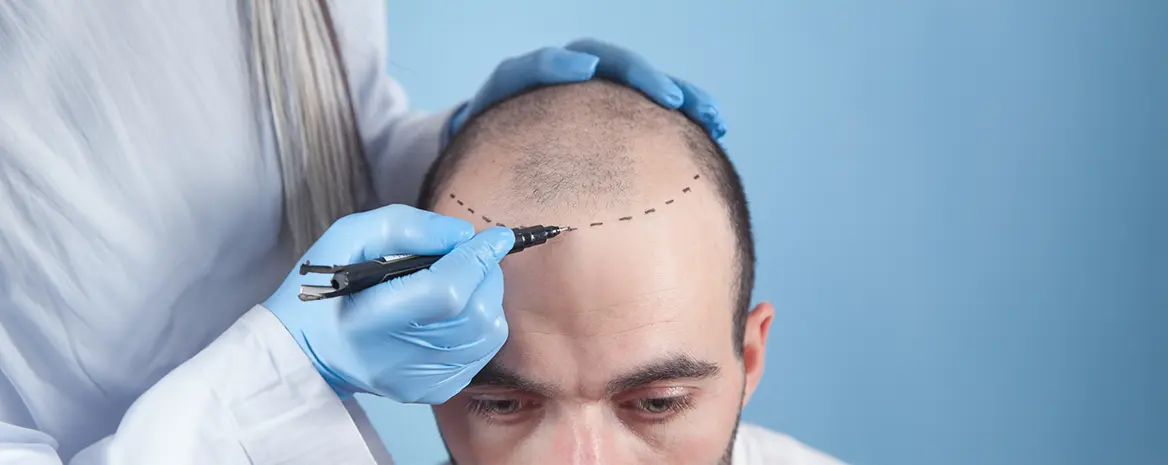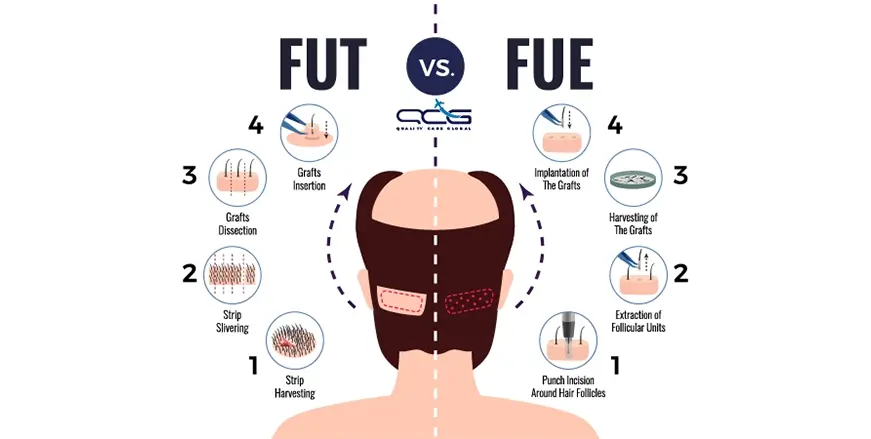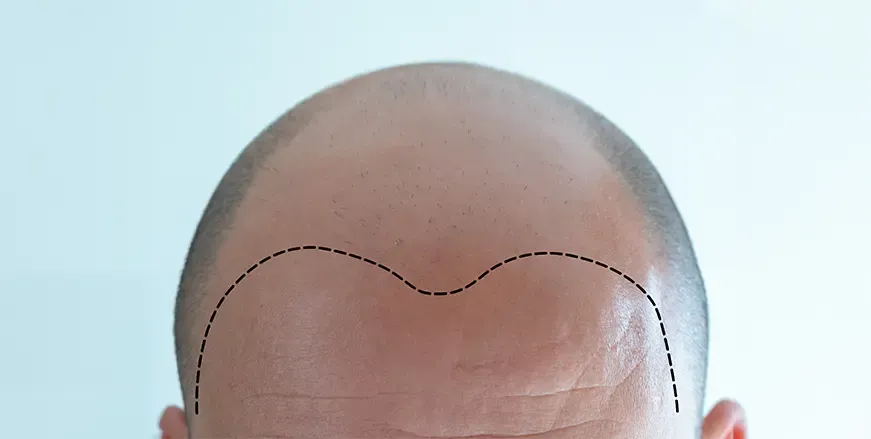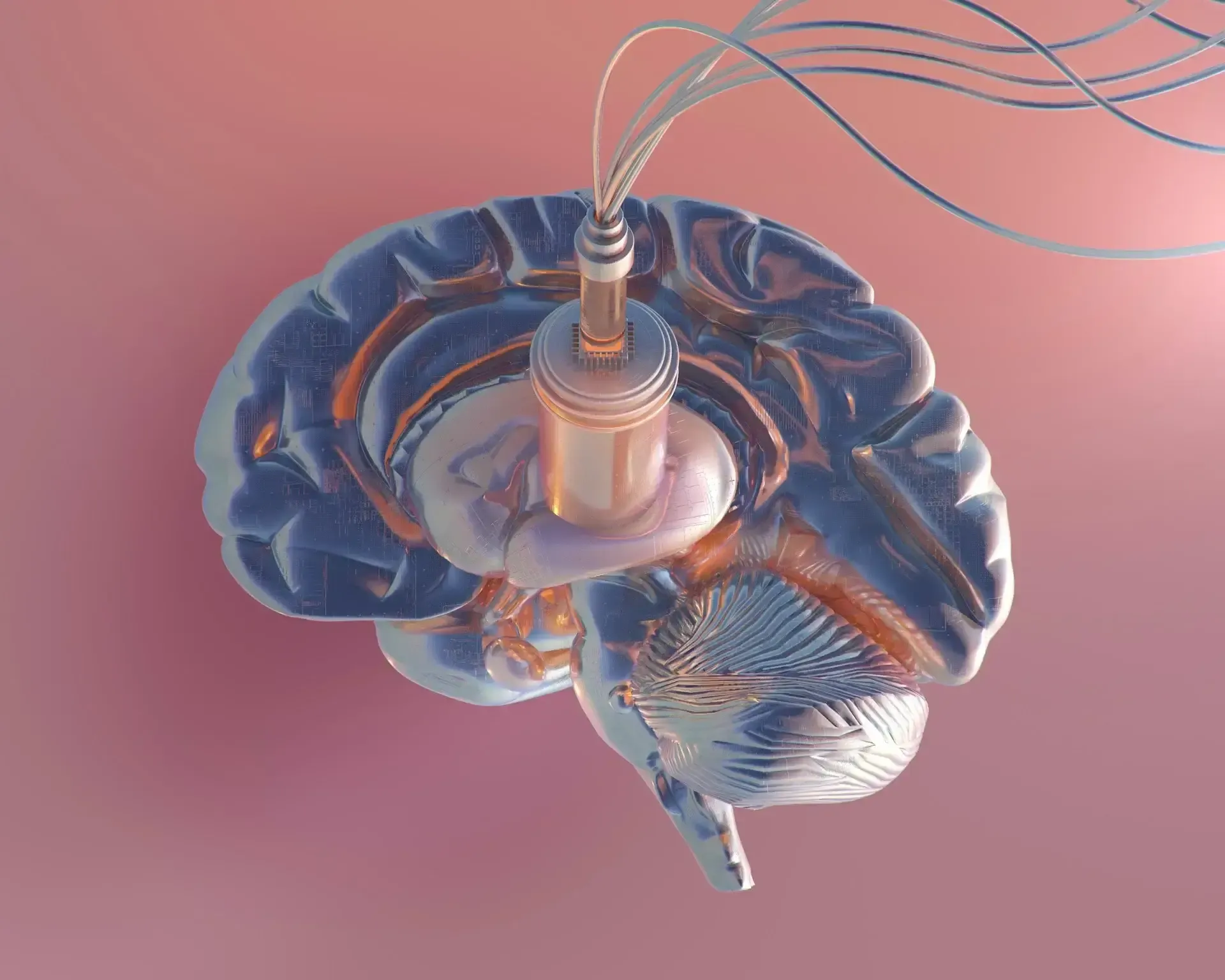A Comprehensive Guide to Hair Transplantation: Choices, Risks, and Recovery

Introduction:
Are you tired of seeing more hair in the drain than on your head? Or maybe you're planning to regain not just your hair but your confidence as well. Either way, taking the step toward hair transplantation can be both exciting and nerve-wracking. But fear not, we're here to guide you through this transformative experience.
Understanding Hair Loss: Causes and Indicators
Before diving into the topic of hair transplants, it’s crucial to understand the different types of hair loss you might experience. Whether due to genetics, hormonal changes, or lifestyle factors, hair loss can affect people in varied ways. Two common types include:
-
Androgenetic Alopecia: Also known as male or female pattern baldness, this is the most common form of hair loss and is largely determined by genetics.

-
Alopecia Areata: This type of hair loss occurs suddenly and causes patchy hair loss in children and young adults.

Is Hair Transplantation Right For You?
Determining whether you're an ideal candidate for a hair transplant is the first crucial step. Consult with a qualified dermatologist or a hair transplant specialist to assess your hair loss pattern, scalp condition, and general health. You may also have to discuss your lifestyle, as factors like smoking can affect your eligibility for the procedure.

Types of Hair Transplant Techniques
The two most common methods of hair transplantation are:
- Follicular Unit Transplantation (FUT): A strip of skin is removed from the back of the scalp, from which individual hair follicles are extracted and implanted in the target area.
- Follicular Unit Extraction (FUE): Hair follicles are individually extracted from the donor area and implanted into the scalp where hair is thinning.
- Robotic Hair Transplantation: Employs advanced robotic technology to automate the follicular unit extraction (FUE) process, ensuring higher precision, speed, and accuracy compared to traditional methods.
- Direct Hair Implantation (DHI): Is a minimally invasive hair transplantation technique that ensures natural-looking results with precise control over the depth, angle, and direction of each implanted hair follicle
What Are the Available Treatment Options for My Condition?
Non-Surgical Alternatives
Before considering surgery, you may explore non-surgical treatments such as:
- Minoxidil
- Finasteride
- Low-level laser therapy (LLLT)
Surgical Treatment: The Hair Transplant
For those who have tried other treatments without satisfactory results, a hair transplant serves as a more permanent solution.
What Are the Risks Associated with the Surgery?
As with any surgical procedure, hair transplantation comes with its set of risks including:
- Scarring
- Infection
- Poor hair growth
Consultation and Pre-Surgery Planning
The first crucial step in your hair transplant journey is proper consultation and pre-surgery planning, especially when seeking treatment abroad. Quality Care Global network offers both virtual and in-person consultations to fit your needs.
Initial Consultations: Virtual and In-Person
Virtual consultations are a convenient way to discuss your treatment options from the comfort of your home. They offer initial evaluations and recommendations based on your photos and medical history. In-person consultations allow for a more thorough examination and provide an opportunity to meet your medical team.
Medical Tests and Pre-Surgery Preparations
After consultation, you may undergo medical tests to ensure your suitability for the procedure. Once cleared, you'll receive pre-surgery guidelines, such as avoiding certain medications and lifestyle habits, to prepare you for a successful outcome.

The Day of the Surgery
On the day of the surgery, you'll be administered local anesthesia. Then, the surgeon will extract follicular units from the donor area and prepare them for transplantation. What Happens in the Operating Room? You'll meet your medical team and head to the operating room. Your surgeon will finalize the transplant plan while technicians set up the equipment. The procedure involves extracting hair from a donor area and implanting it into the recipient site on your scalp.
Anesthesia and Safety Protocols
Safety is important. Approved anesthesia methods are used to ensure a pain-free experience. All instruments must be sterilized, and your vital signs will be monitored throughout the procedure. The Transplant Process The actual process can take anywhere from four to eight hours, depending on the number of grafts to be transplanted. Post-surgery, the treated area will be bandaged, and you'll receive instructions on how to care for your scalp.
What Kind of Post-Operative Care Will I Need?
Postoperative care is crucial for a successful hair transplant. Your medical team will guide you through the initial days, providing specific instructions on how to clean your scalp and manage any discomfort.
Follow-Up Care from Anywhere
Scheduled follow-ups will allow the medical team to monitor your progress. It's crucial to attend these appointments for an optimal outcome. These consultations can be scheduled at intervals of 1 week, 1 month, 3 months, and 6 months post-surgery or as recommended by your healthcare provider. Modern clinics usually have a system in place for you to securely upload photos of your scalp. This enables your surgeon to observe the healing process and the effectiveness of the transplant.
When Can I Return to Work or Regular Activities?
Most people can return to work within a week after the surgery, although it might take up to three weeks for some individuals based on their recovery and the nature of their job.
What is the Expected Recovery Time?
Typically, patients can expect to see new hair growth within three to four months post-surgery. However, the complete effects are usually visible after 8-12 months.
How Will This Affect My Quality of Life in the Long Run?
Hair transplantation can dramatically improve your appearance and, consequently, your self-esteem. However, it’s essential to maintain realistic expectations.
Should I Seek a Second Opinion?
As with any major medical decision, seeking a second opinion is always advisable. Different surgeons may offer various techniques, and costs can also vary widely.
Quality Care Global: Your Trusted Partner
When planning to get a hair transplant, especially abroad, Quality Care Global is here to guide you. We offer a curated list of facilities worldwide and can assist with trip planning, ensuring you receive high-quality care from start to finish.
Long-Term Considerations and Maintenance
Medications and Therapies Post-surgery, your healthcare provider might recommend medications like Minoxidil or Finasteride to improve hair growth and prevent future hair loss. These treatments can be a long-term commitment, so it’s essential to discuss this aspect with your doctor.
Lifestyle Changes
Your lifestyle can significantly affect the longevity of the transplant. Factors such as diet, exercise, and stress management play a role in maintaining your new hair.
Red Flags and When to Seek Medical Help
If you experience severe pain, excessive bleeding, or signs of infection post-surgery, it’s crucial to consult your healthcare provider immediately.
What Are the Risks Associated with the Surgery?
As with any surgical procedure, hair transplantation carries some risks, such as:
- Scarring
- Infection
- Uneven hair growth
- Risk Mitigation Choosing a reputable facility and experienced medical team can significantly mitigate these risks.
Summary
Hair transplantation is a viable solution for individuals facing hair loss, with various techniques that cater to different needs. The journey involves multiple stages, from preoperative assessments to long-term maintenance.
References
American Academy of Dermatology. "Hair Loss: Who Gets and Causes". [Link] Journal of Clinical, Cosmetic and Investigational Dermatology. "The Psychological Impact of Hair Loss". [Link] International Society of Hair Restoration Surgery. "Statistics". [Link]
For more information, feel free to contact us at Quality Care Global. We're here to assist you in your healthcare journey.

